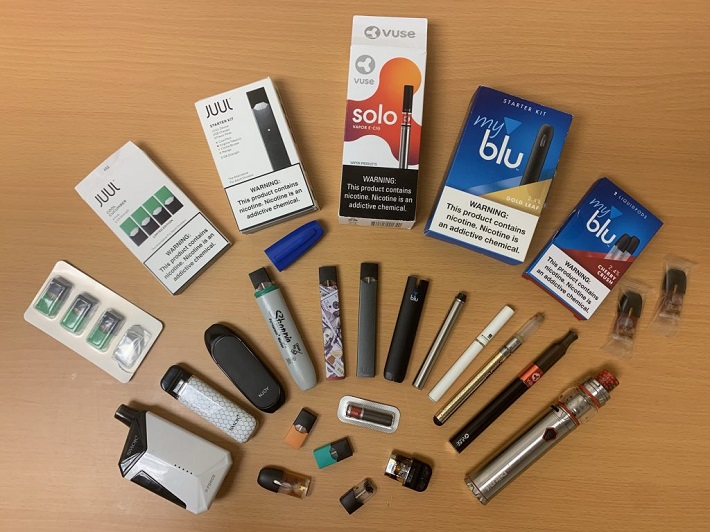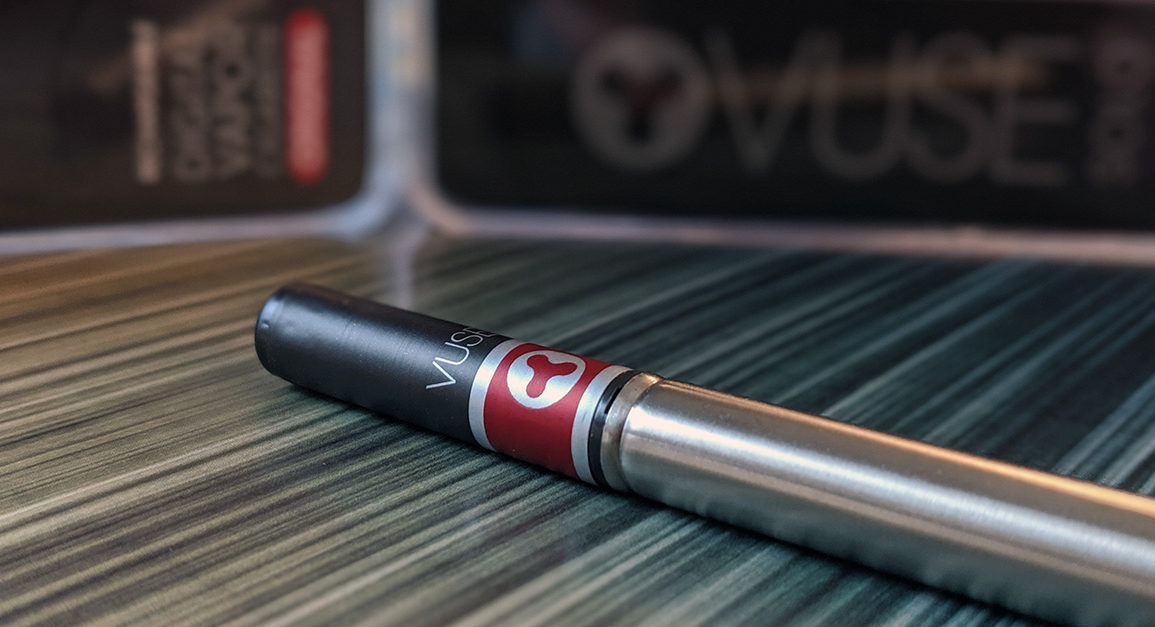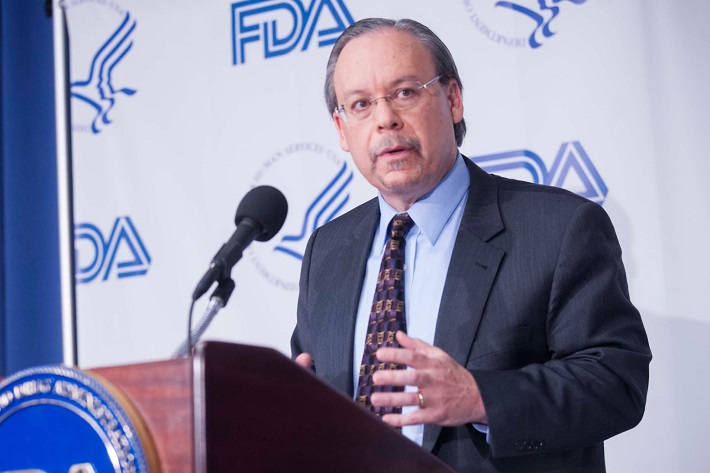Hearing that the FDA has approved an e-cigarette for sale in the US probably seems like pretty good news. All of the scare-stories about the burdensome and expensive PMTA process have been overstating things, you may think. Perhaps the overwhelming evidence that e-cigarettes are substantially safer than smoking has finally filtered through to the lawmakers intent on slamming the breaks on the industry and starving smokers of less harmful options. Maybe things are about to get better.
But as always, the news is bittersweet, with the emphasis firmly on the bitter part. The product is Vuse, made by RJ Reynolds, who you may remember from your carcinogen-inhaling days as the makers of Camel and Lucky Strike. And alongside the approval, they also issued 10 rejections for their other products. Oh yeah and a million other products whose manufacturers made PMTA applications have also been rejected.
So what exactly has happened? What’s the FDA’s reasoning? And what does this mean for the future of the industry?
Lightning Recap: What the Hell is Going On? What’s a PMTA?
The FDA’s deeming rule established their authority over vapor products and set in motion their regulation of the industry. The key part of the deeming requirements is that any products that weren’t for sale or “substantially similar” to a product on the market prior to February 15th, 2007 have to gain full authorization to remain on the market, through a pre-market tobacco authorization (PMTA). This has the downright bizarre effect of automatically waving through basically every cigarette on the market. Meanwhile, the regulations impose a lot of hurdles for reduced risk products such as e-cigarettes, heat-not-burn or anything similar to remain on the market.
The problem is that the process required companies to submit tons of data to show that their products were “appropriate for the protection of public health.” Even a single application is expensive and time-consuming to submit. However, the regulations require companies to send in a different application for every single product they want to market. This includes if the product is the same except in a different nicotine level. This is why vaping advocates complained that it would essentially take everyone apart from Big Tobacco out of the market.
FDA Approves Vuse Device and Two Pods
Now, the FDA has approved the marketing of three new e-cigarette products. These are the Vuse Solo device, the Original replacement cartridges in G1 and G2 form (assumedly meaning generation 1 and generation 2), both with 4.8% (48 mg/ml) nicotine. This is essentially because the agency believes the data they submitted demonstrates that the marketing of the products is appropriate for the protection of public health.
Mitch Zeller, the director of the FDA’s Center for Tobacco Products, commented “Today’s authorizations are an important step toward ensuring all new tobacco products undergo the FDA’s robust, scientific premarket evaluation. The manufacturer’s data demonstrates its tobacco-flavored products could benefit addicted adult smokers who switch to these products – either completely or with a significant reduction in cigarette consumption – by reducing their exposure to harmful chemicals.”
This is the sort of thing we’ve been hoping to hear from someone in any sort of position of power for a decade. The core of the argument is and always has been that vaping reduces your exposure to harmful chemicals relative to smoking and therefore it is a good idea to switch if you can and want to. Zeller also points out that they can – and will – withdraw authorization if they see any justification for it. This is especially the case when it comes to youth use, but this shouldn’t come as much of a surprise at this point.
It’s also worth noting that the FDA also issued rejections to RJ Reynolds, for 10 “flavored” products (i.e. with a flavor other than tobacco and menthol). The applications for the menthol products are still pending. The greater scrutiny over flavored and even menthol products comes down to what is now a familiar rallying-cry for the opposition to vaping: the risks to youth.
Think of the Children! Except When We Don’t Want to
On the face of it, being concerned about under-age vaping is a legitimate concern. Just like we don’t want youth to smoke, we don’t want them to vape either. If there were a large number of youths who didn’t otherwise smoke who started to vape, there would undeniably be a problem. Most anti-vaping groups follow this very reasonable point up with a list of available e-liquid flavors that sound a lot like they would appeal to youths. Bubblegum, for example, or even something as innocuous as mango.
This is what the CDC’s annual National Youth Tobacco Survey (NYTS) tracks. In 2021, the survey found that 11.3% of high school students and 2.8% of middle school students had used e-cigarettes at least once over the past month. The CDC rightfully points out that the fact that this survey was conducted from home might have led to under-reporting of true tobacco product use relative to other years (when they were conducted in the classroom), but the numbers are down from 27.5% and 10.5% in 2019, so there has been quite a substantial drop.
There are many discussions that can be had surrounding this point – and we’ve done so on this site many times in the past – but one point from the 2021 survey is really worth stressing. Vuse was the second most popular product among youth in 2021, used by 10.8% of the students who vaped. Given that the FDA would almost certainly not approve Puff Bar (the most-used product by youth), it seems pretty strange that the Big Tobacco-backed option is apparently fine, at least with just a single flavor. They mention the percentage themselves, adding that the FDA “takes these data very seriously and considered risks to youth when reviewing these products,” but then say that since most youth use flavored products this isn’t a big deal.
This is likely why they rejected the applications for their flavored products, but it seems like an unholy leap of logic for an agency so concerned about youth appeal. The FDA assumes that if the choices are flavored vaping, tobacco vaping and no vaping, many youth choose flavored vaping, but if this option was removed they’d stop vaping rather than just switching to tobacco flavored products. This seems woefully unjustified. If you were concerned – like, really concerned – would you just take this point on faith?
What Was the Problem With the Other Million Products?

It’s also important to note that the FDA has sent out a million rejection letters. Sure, many of the products in question will be flavored e-liquids, pods and cartridges, which it seems the FDA will never approve, but out of so many there must have been a substantial amount of tobacco juices as well, or just battery sections that can be used for many different flavors of juice. So what the hell was wrong with them?
All e-liquids use basically the same ingredients. And while there is some variation for devices, they all basically do the same thing as well. We’ve had plenty of data showing substantially lower emissions of harmful chemicals from vaping devices for a decade. This is not a surprise to anybody paying even a little bit of attention. Despite a great deal of scrutiny, outside of ridiculous situations (see the dry puff formaldehyde fiasco) there have been no indications of any dangerous levels of harmful chemicals in vaping emissions.
Is it that the other companies with tobacco flavors submitted bad data? Couldn’t they afford the required lab-work? Does Vuse help smokers quit but another pod system not? It seems intrinsically unlikely that the products would be so different that one was appropriate for the protection of public health and another one would be totally unsuitable. What was so different about the Vuse submission?
Like it Or Not: The Future of Vaping is Big Tobacco
The reason the FDA accepted the Vuse application where so many have failed is pretty straightforward: they are big tobacco. They have decades of experience dealing with legislators, tons of resources, well-established lobbyists, whole science divisions and huge sums of money on top of their already-comfortable business. Small and medium-scale vaping companies can’t compete, and even the giants of the industry are clearly struggling to clear the FDAs hurdles.
This is exactly what vaping advocates have been predicting since the regulations were first announced. You raise the barrier to entry so high that the only companies who can clear it are the multi-national tobacco companies. Other big players like Juul stand a chance (also big tobacco backed, though not entirely), but none of the small and medium-sized businesses that gave the industry its character. After the dust has settled and a few million more applications get rejected, we’ll be left with a handful of independents and the behemoth tobacco companies who will come to dominate the market.
And let’s not forget that this is all for nothing. Aside from the FDA giving a clearly arbitrary go-ahead to Vuse’s tobacco-flavored pod system but rejecting many effectively identical ones, nothing has changed about the product. We’ve lost flavors because the US is in too deep with the “think of the children” argument to back out now, and we’ve gained nothing. The smoker looking to switch has fewer options and the post-covid teens will either start vaping tobacco-flavored e-liquid sold by a tobacco company or move onto the next possibly-dangerous fad.
Extreme anti-vaping groups aren’t happy, vapers aren’t happy and the industry is decimated, but the FDA is still patting itself on the back for what a great job it’s doing.



